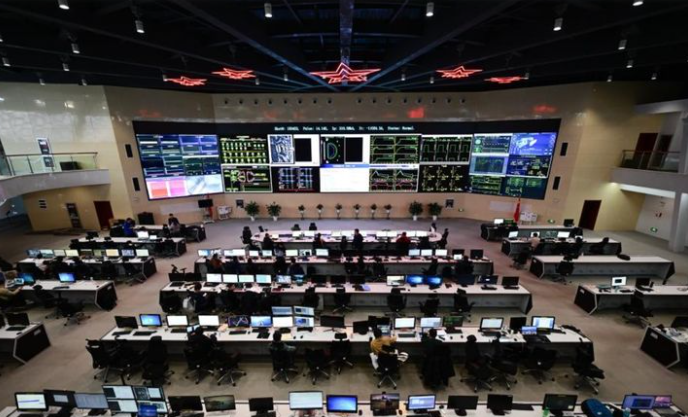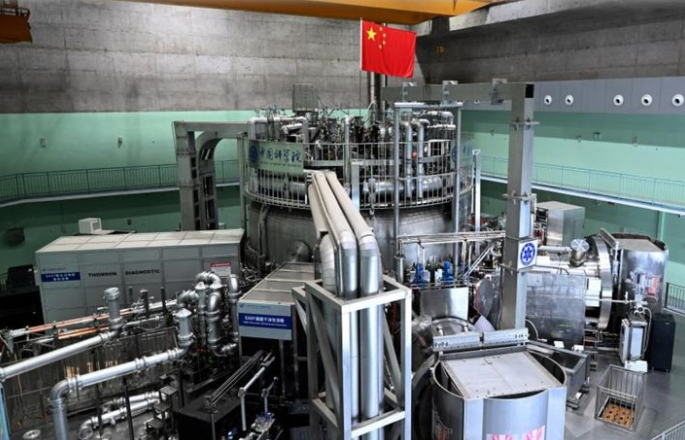
Chinese scientists have developed an “artificial sun” that is three times hotter than the sun, state-run Xinhua News Agency and Hong Kong’s South China Morning Post (SCMP) reported on the 21st.
“Chinese scientists who want to build nuclear fusion reactors that can produce infinite and inexpensive energy have achieved a continuous plasma temperature of more than 100 million degrees Celsius in 1066 seconds,” the newspaper said. “This is a world record.”
The newspaper explained that the Plasma Physics Laboratory, located in Hefei, Anhui Province, achieved this record on the 20th at a facility called the “Experimental Advanced Superconducting Tokamak” (EAST) and the so-called “Artificial Sun.” This record exceeded the previous record of 403 seconds set by EAST in April 2023.

Researchers are conducting tests on an experimental device for China’s “artificial solar” project, which is considered an important step in making nuclear fusion reactors a reality.
“To achieve self-sustaining plasma and allow fusion plants to generate electricity continuously, the fusion device must operate very efficiently in a stable state for thousands of seconds,” said Song Yuntao, director of the institute.
According to scientists, achieving viable nuclear fusion on Earth requires a plasma temperature hotter than the sun.
The core temperature of the sun is said to be around 15 million degrees Celsius. “Exceeding the 100 million and 1000 seconds limits demonstrated our capability to simulate the operating environment of a nuclear fusion power plant in the future,” Song said.
Nuclear fusion combines light atomic nuclei into heavier ones, releasing huge amounts of energy in the process.
This is one of the most basic energy sources in the universe, with the same reaction as the sun and other stars supplying energy.
Unlike traditional energy sources, nuclear fusion is considered one of the most promising solutions to address humanity’s energy challenges as it uses abundant raw materials and emits no greenhouse gases.

However, reproducing the conditions inside the Sun is still a huge challenge.
Fusion devices must heat plasma (a very hot, electrically charged state of matter) above 100 million degrees Celsius and keep it long enough to trigger a fusion reaction.
Tokamak is at the forefront of the fusion technology that scientists are currently working on, according to the SCMP.
The doughnut-shaped device uses a powerful magnetic field to trap plasma and heat it to extreme temperatures.
EAST, completed in 2006, is one of the world’s leading platforms for fusion research, with more than 150,000 plasma operations so far.
Through a series of tests, the research team increased the plasma work time from 30 seconds to 1066 seconds.
Scientists studying China’s next-generation “artificial solar” project, the Fusion Engineering Test Reactor (CFETR), have completed the engineering design phase and the facility will be operational by 2035, according to Chinese media reports.
SOPHIA KIM
US ASIA JOURNAL



